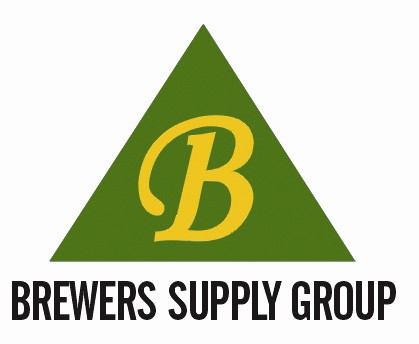So, when we talk about what a food or drink “tastes like”, it’s pretty common to get confused about the terminology. You may hear someone say that something tastes “fruity” or “rancid” or whatever. What they are actually discussing is how the food smells. As we discussed already, “taste” applies only to the basic tastes. Everything else, apart from the various tactile sensations, is aroma. Combine the taste, the aroma, and the mouthfeel and you’re now talking about the overall flavor of the substance.
Here’s an exercise for you to try to drive home this point:
Eat or drink something while your nose is plugged. What I like to use is a piece of gum or a mint candy or something. It might be tricky to swallow like this, but it’s possible. So while your nose is plugged, what are you sensing? Sweetness, sourness, saltiness, bitterness, temperature, texture, etc. It’s all just taste and mouthfeel, right? No aroma. Now, unplug your nose and breath out through it. NOW we’re in flavor country, eh? This aroma that you smell while food or drink is in your mouth is called “retronasal aroma” (backwards nose). It is distinct from “orthonasal aroma” (straight nose) which is sensed when you put your face over the food and smell normally through the front of the nose.
So apparently, the majority of food and beverage flavor is perceived by your nose. What’s happening is, as the substance is in your mouth, it’s warming up. This warming action allows the volatile aroma compounds to leave the food and enter the air in your mouth and sinus. Also, the surface area of the food is increasing as you chew it and spread it around your mouth, which also allows more volatilization of flavors. Other things might be happening as well, like bursting carbonation bubbles carrying even more flavors out of the beverage. All these things are causing aromas to become “airborne” which allows them to be carried into your sinus (via the back of the mouth/throat). This retronasal method leads to distinct differences in the aroma of your food compared to the orthonasal method, since with the orthonasal method the warming and the agitation of the sample are considerably less. It’s not uncommon for the flavor profile of a food or beverage smelled retronasally to be quite unique from the same product smelled orthonasally, as certain compounds may not be volatile enough in the glass to be detected; they may need to be warmed and agitated to be detected at above-threshold levels. This demonstrates the importance of smelling AND tasting the product before you try to describe it.
Here is a diagram showing a cross-section of the human head, where you can see how the back of the throat is connected to the back of the sinus cavity. This is where the retronasal aromas access the olfactory bulb at the top of the sinus (essentially the bottom of the brain) which houses the various receptors responsible for detecting aromas.

Cross section of mouth and sinus, showing how retronasal aromas access olfactory bulb.
So now that we understand how taste, aroma, and flavor are all related, we can use the correct terminology when we discuss our sensations and assess our beers with proper diligence.



